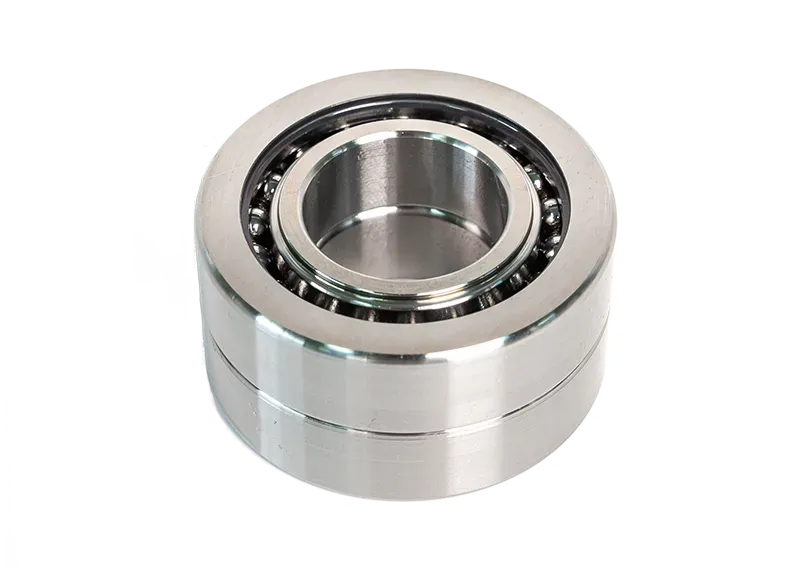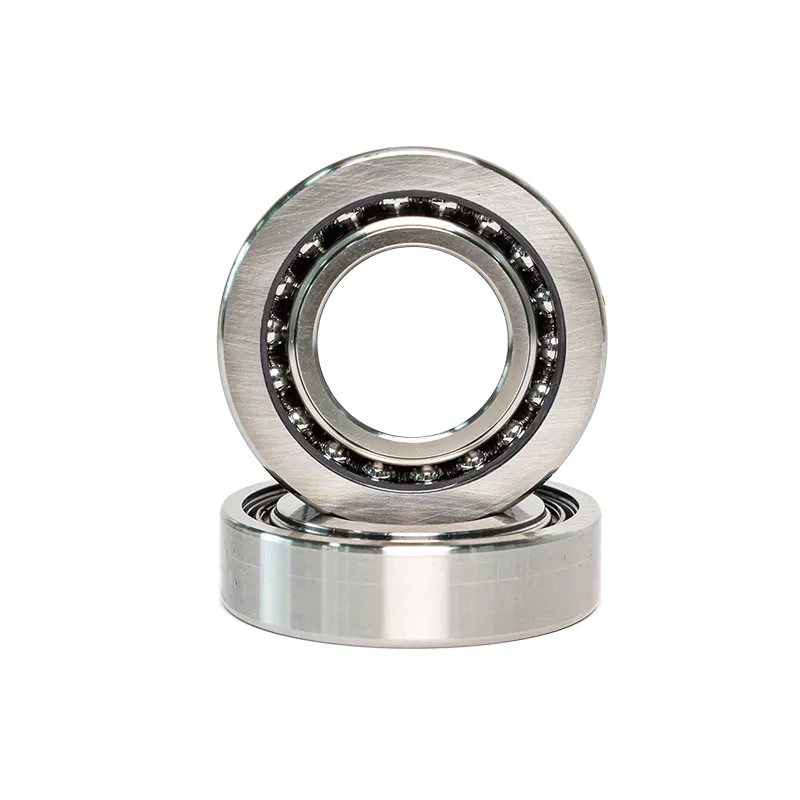Time: 2024-09-05 01:57:51 Source: Luoyang Monton Bearing Science & Technology Co.,ltd.
As a precision transmission element, ball screw bearings play a vital role in CNC machine tools, automation equipment, precision machinery and other fields. Choosing the right ball screw bearing can not only improve the running accuracy and stability of the equipment, but also extend its service life. Today, the editor has compiled an article about the selection method and steps of ball screw bearings, hoping to provide you with a set of systematic guidance.

1.1 Determine load requirements
First, it is necessary to clarify the load type (radial load, axial load or combined load) and specific value of the ball screw bearing. This is usually determined based on the design requirements and actual working conditions of the equipment.
1.2 Consider speed and acceleration
The speed and acceleration of the ball screw have a direct impact on the selection of bearings. The appropriate bearing type and specification should be selected according to the running speed, acceleration and acceleration and deceleration frequency of the equipment.
1.3 Accuracy Grade
Select the appropriate accuracy grade of ball screw bearings according to the accuracy requirements of the equipment. Generally speaking, high-precision equipment such as CNC machine tools have higher accuracy requirements for bearings.
1.4 Life and Reliability
Consider the expected life and reliability requirements of the bearings to ensure that the bearings can work stably within the specified time, reduce failure rate and maintenance costs.
2.1 Determine the bearing type
There are various types of ball screw bearings, including angular contact ball bearings, thrust ball bearings, deep groove ball bearings, etc. Select the appropriate bearing type according to the requirements of load, speed and accuracy. For example, angular contact ball bearings are suitable for occasions that need to bear radial and axial loads at the same time, and have high precision and high rigidity.
2.2 Check samples and manuals
Use the samples and manuals provided by the bearing manufacturer to find the bearing specifications and parameters that meet your needs. These manuals usually contain detailed information such as bearing dimensions, performance curves, rated loads and speeds.
2.3 Calculation and verification
According to the actual working conditions of the equipment, calculate the required bearing rated load, rated speed, rated acceleration and other parameters. And compare and verify with the parameters of the selected bearing to ensure that the bearing can meet the actual needs.
3.1 Installation condition
Consider the installation space and structural limitations of the equipment and choose a suitable bearing installation method. At the same time, pay attention to the axial and radial positioning accuracy of the bearing to ensure that the installed bearing can operate stably.
3.2 Lubrication and sealing
Choose a suitable lubrication method and lubricant to reduce bearing friction and wear. At the same time, consider the sealing requirements of the bearing to prevent external contaminants from entering the bearing.
3.3 Maintenance and replacement
Develop a reasonable bearing maintenance and replacement plan, and regularly check the operating status and wear of the bearing. Once the bearing is found to be damaged or its performance has deteriorated, it should be replaced in time to avoid affecting the normal operation of the equipment.

4.1 Cost and benefit
During the selection process, the cost and benefit of the bearing need to be considered comprehensively. Choosing cost-effective bearing products can not only meet the equipment needs but also reduce the procurement cost.
4.2 Manufacturers and brands
Choose bearing manufacturers and brands with good reputation and reliable quality. These manufacturers can usually provide high-quality after-sales service and technical support to ensure the stable operation and long-term use of the bearing.
4.3 Experimental verification
When conditions permit, experimental verification is carried out on the selected bearings. Through bench tests simulating actual working conditions or trial runs in small batch production, the applicability and performance of the bearings can be further confirmed.
The selection of ball screw bearings is a complex and meticulous process that requires comprehensive consideration of multiple factors. By clarifying the needs and conditions, selecting the bearing type and specifications, considering installation and maintenance, and comprehensive evaluation and selection, we can ensure that the selected bearing can meet the operating requirements of the equipment and have a good use effect.